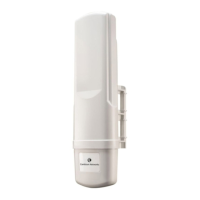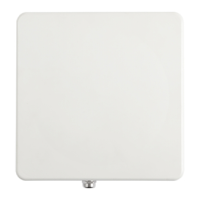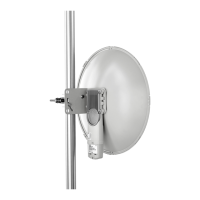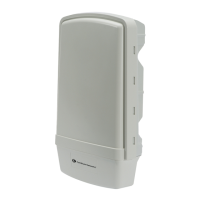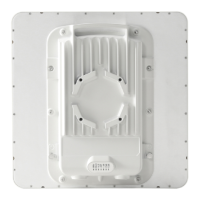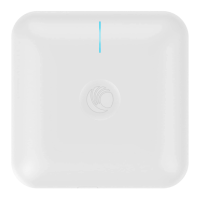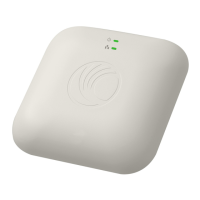Chapter 3: System planning Link planning
Page 3-22
Link planning
This section describes factors to be taken into account when planning links, such as range,
obstacles path loss and throughput. LINKPlanner is recommended.
Range and obstacles
Calculate the range of the link and identify any obstacles that may affect radio performance.
Perform a survey to identify all the obstructions (such as trees or buildings) in the path and to
assess the risk of interference. This information is necessary in order to achieve an accurate link
feasibility assessment.
The 450 Platform Family is designed to operate in Non-Line-of-Sight (NLoS) and Line-of-Sight
(LoS) environments. An NLOS environment is one in which there is no optical line-of-sight, that is,
there are obstructions between the antennas.
OFDM technology can often use multi-pathing to an advantage to overcome nLOS, especially in
cases where the Fresnel zone is only partially blocked by buildings, “urban canyons”, or foliage.
OFDM tends to help especially when obstacles are near the middle of the link, and less so when
the obstacles are very near the ODU.
However, attenuation through walls and trees is substantial for any use of the 5.4 GHz and 5.8 GHz
frequency bands. The lower frequency radio waves of 900 MHz radios provide greater penetration
through walls, trees and other obstacles, making it optimal for most non-line-of-sight applications.
Even with OFDM, these products are not expected to penetrate walls or extensive trees and
foliage.
Path loss
Path loss is the amount of attenuation the radio signal undergoes between the two ends of the
link. The path loss is the sum of the attenuation of the path if there were no obstacles in the way
(Free Space Path Loss), the attenuation caused by obstacles (Excess Path Loss) and a margin to
allow for possible fading of the radio signal (Fade Margin). The following calculation needs to be
performed to judge whether a particular link can be installed:
Where: Is:
Free Space Path Loss (dB)
Excess Path Loss (dB)
Fade Margin Required (dB)
Seasonal Fading (dB)
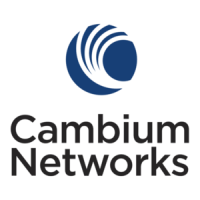
